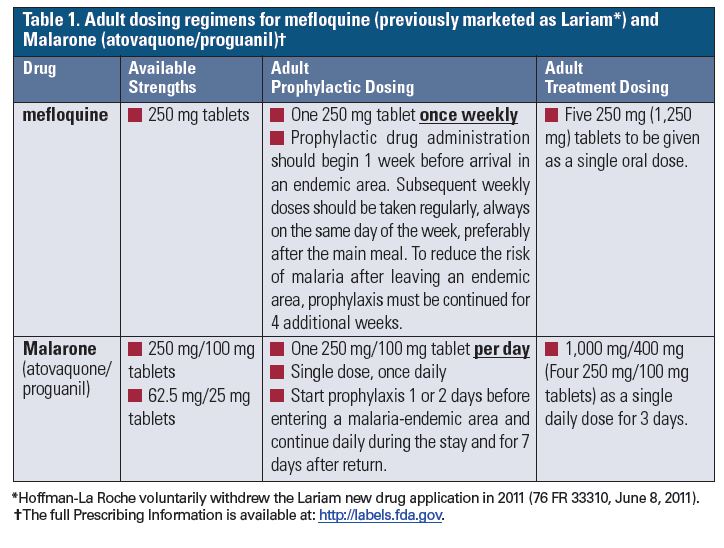The New Grove Dictionary of Music and Musicians is an encyclopedic dictionary of music and musicians. Along with the German-language Die Musik in Geschichte und Gegenwart, it is one of the largest reference works on western music. Originally published under the title A Dictionary of Music and Musicians, and later as Grove’s Dictionary of Music and Musicians, it has gone through several editions since the 19th century and is widely used. In recent years it has been made available as an electronic resource called Grove Music Online, which is now an important part of Oxford Music Online.
https://en.wikipedia.org/wiki/The_New_Grove_Dictionary_of_Music_and_Musicians
